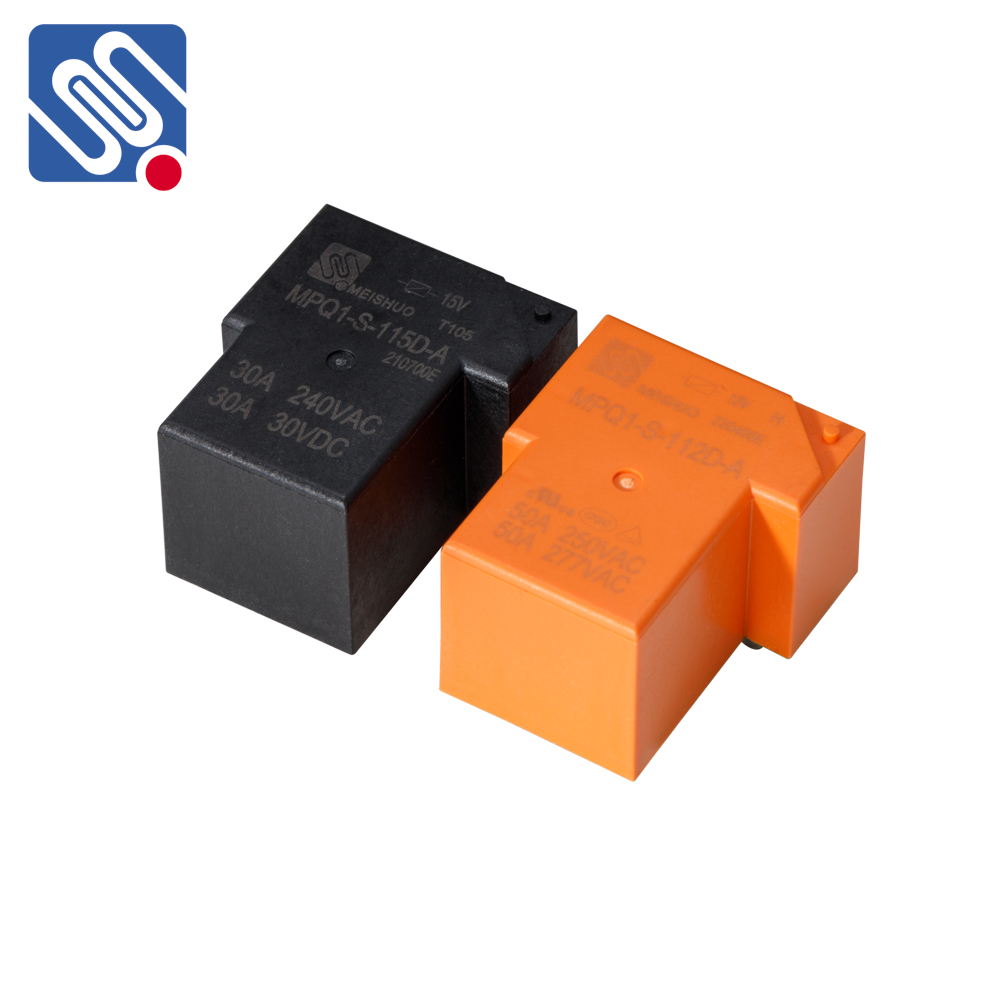In modern electrical systems, relay circuit protection plays a crucial role in safeguarding both the equipment and personnel by ensuring proper functioning under abnormal conditions. A relay is an electrical switch that operates based on specific conditions, and when integrated into a protection system, it can detect faults, isolate faulty components, and prevent further damage to the electrical network. Understanding how relay circuit protection works and its significance is vital for engineers and technicians who work with high-voltage systems, industrial circuits, and safety protocols.

The Role of Relay Protection Relays are designed to detect electrical faults in circuits, such as overloads, short circuits, and ground faults. They are typically used in conjunction with circuit breakers to form an effective protection system. A relay functions by sensing the electrical characteristics (such as voltage, current, or frequency) of the circuit it monitors. If these parameters deviate from their normal values, the relay activates a corresponding action, typically by triggering a circuit breaker to isolate the faulted section. The primary role of relay circuit protection is to minimize the impact of faults by ensuring that only the affected part of the system is disconnected. This helps prevent widespread damage, reduces downtime, and maintains the integrity of the electrical infrastructure. For example, in the case of an overload, the relay will detect the excessive current and signal the circuit breaker to disconnect the load, preventing further overheating or potential fire hazards.